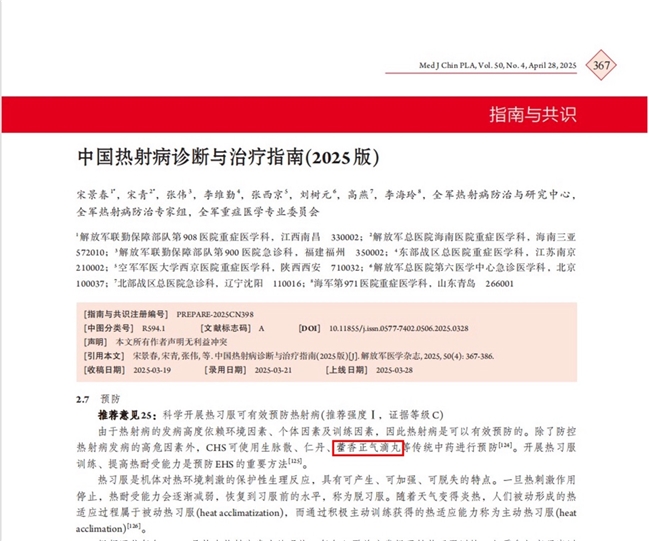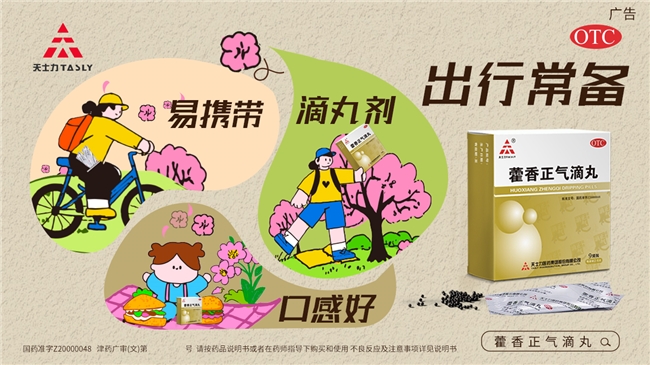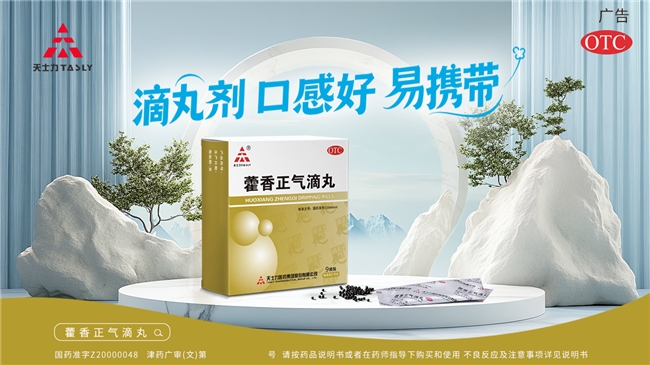National Guidelines Recommend Atractylodes Macrocephala Pill: A Scientific Prevention Scheme for Heat Stroke and Traditional Chinese Medicine
Health Warning Under High Temperature
In the summer of 2025, global warming combined with El Niño phenomenon led to a sharp rise in temperature across China. According to the "Chinese Diagnosis and Treatment Guidelines for Heat Stroke (2025 Edition)", there were 539,000 cases of heat stroke nationwide in 2022, accounting for 73.6% of total cases, with a mortality rate of 33.8%. This data warns us that in the background of high temperatures becoming the new norm, it is imperative to build a scientific prevention system.

Heat Stroke: The Silent Crisis of Body Temperature
Classic heat stroke (CHS) is the primary causative factor of high-temperature-related deaths, characterized by a distinct patient population, typically including elderly individuals, patients with chronic diseases, and those with weakened physical condition. CHS often manifests insidiously and may be misdiagnosed as an infectious disease, and can also occur in non-severe environments. Professor Song Jingchun from the Military Heat Stroke Prevention and Treatment Expert Group points out: "CHS patients often suffer from underlying illness combined with heat damage, and the window of opportunity for rescue is extremely short. Prevention is more important than treatment."

Modern Interpretation of Traditional Wisdom: The Preventive Mechanism of Atractylodes Macrocephala Pill
The guidelines emphasize that classic heat stroke (CHS) can be prevented using traditional Chinese medicines such as Bupleurum and Rhubarb, or Atractylodes macrocephala pill. This recommendation is based on the three major core effects of traditional Chinese medicine:
Regulating internal environment. Relieving high temperature and humidity-induced digestive dysfunction, improving appetite and eliminating nausea and vomiting;
Inhibiting pathological process. Through detoxification, regulating Qi and Blood, reducing intestinal function disorder-induced endotoxemia (the key trigger of heat stroke pyrogenic syndrome);
Coordinating physical prevention. Forming a multi-dimensional preventive network with measures such as avoiding high-temperature environments, replenishing electrolytes, etc.
A Comprehensive Prevention System: From Diet to Emergency Response
1. Dietary Regulation, Eating Out Against Heat Stroke
Clean heat selection: consuming 500g of fresh vegetables and fruits (watermelon, cucumber, tomato, etc.) per day, accompanied by low-fat protein such as steamed fish and tofu;
Hydration strategy: adopting the "small amounts frequently" principle, drinking 50-100ml of diluted salt water every 15-20 minutes, avoiding large amounts at once to induce stomach cramps;
Forbidden tips: avoid eating raw or uncleaned leafy greens and seafood to reduce the risk of food-borne diseases.
2. Special Group Precision Prevention
Elderly people. As a vulnerable population, elderly individuals should be protected due to their declining heat tolerance. It is recommended to adopt the "three avoidances and three supplements" principle. Avoid midday sun exposure (10:00-15:00), high-temperature environments; avoid indoor temperature accumulation, ventilate regularly (morning and evening each for 30 minutes); avoid strenuous exercise, opt for tai chi or other gentle activities. Supplement with small amounts of water, aiming for daily intake of 1500ml (including soups and fruits), focusing on potassium-rich foods (bananas, spinach) to maintain electrolyte balance, and using diluted salt water as needed.
Children and pregnant women. Children and pregnant women have more sensitive and fragile bodies, requiring special attention during the summer. Efforts should be made to avoid outdoor activities during high-temperature periods, maintaining a cool and comfortable indoor environment. Additionally, attention should be paid to dietary hygiene and balance to enhance physical resistance.
Outdoor workers. Some outdoor workers may face heat stress, but they must maintain normal work performance. Their physical condition and working environment should be closely monitored. Reasonable arrangements for work hours and workload should be made to reduce high-temperature period workload; timely replenishment of water; preparation of heatstroke prevention medication; active participation in safety education and training to improve self-defense awareness.
Heat Stroke Emergency Response Measures
If symptoms such as thirst, fatigue, dizziness, excessive sweating, decreased attention span, flushed or pale skin, nausea and vomiting, and skin burning appear, we should quickly implement the following self-rescue measures.
Rapid transfer, moving to a shaded and ventilated area, removing tight-fitting clothing or opening up, ensuring unobstructed breathing;
Quick cooling, using a damp cloth to wipe down the body (avoiding alcohol-based wipes), focusing on cooling the neck, armpits, and abdomen areas, or using a fan to accelerate evaporation and heat dissipation (avoiding direct exposure to the head);
Replenishing water, drinking small amounts of diluted salt water or sports drinks (containing electrolytes) every 15-20 minutes, not exceeding 200ml each time;
Rest and observation, lying down for 30 minutes, monitoring body temperature changes. If symptoms do not improve after 30 minutes or body temperature exceeds 38.5°C, immediate medical attention is required.
From the wisdom of "Spring-Summer Nourish Yang" in the Huangdi Neijing to modern guidelines' evidence-based recommendations, the application of Atractylodes macrocephala pill reflects the innovative path of traditional Chinese medicine modernization. This summer, let us shield ourselves with science: one box of pills carries 1,000 years of wisdom, one cup of salt water replenishes life energy, and one piece of shade reduces heat stress risk. With Tianshili and you together building a health-based defense system against high temperatures, traditional Chinese medicine will come alive in modern prevention schemes.

